How Much Does Moving a Gas Meter Cost? Complete UK Guide for 2025
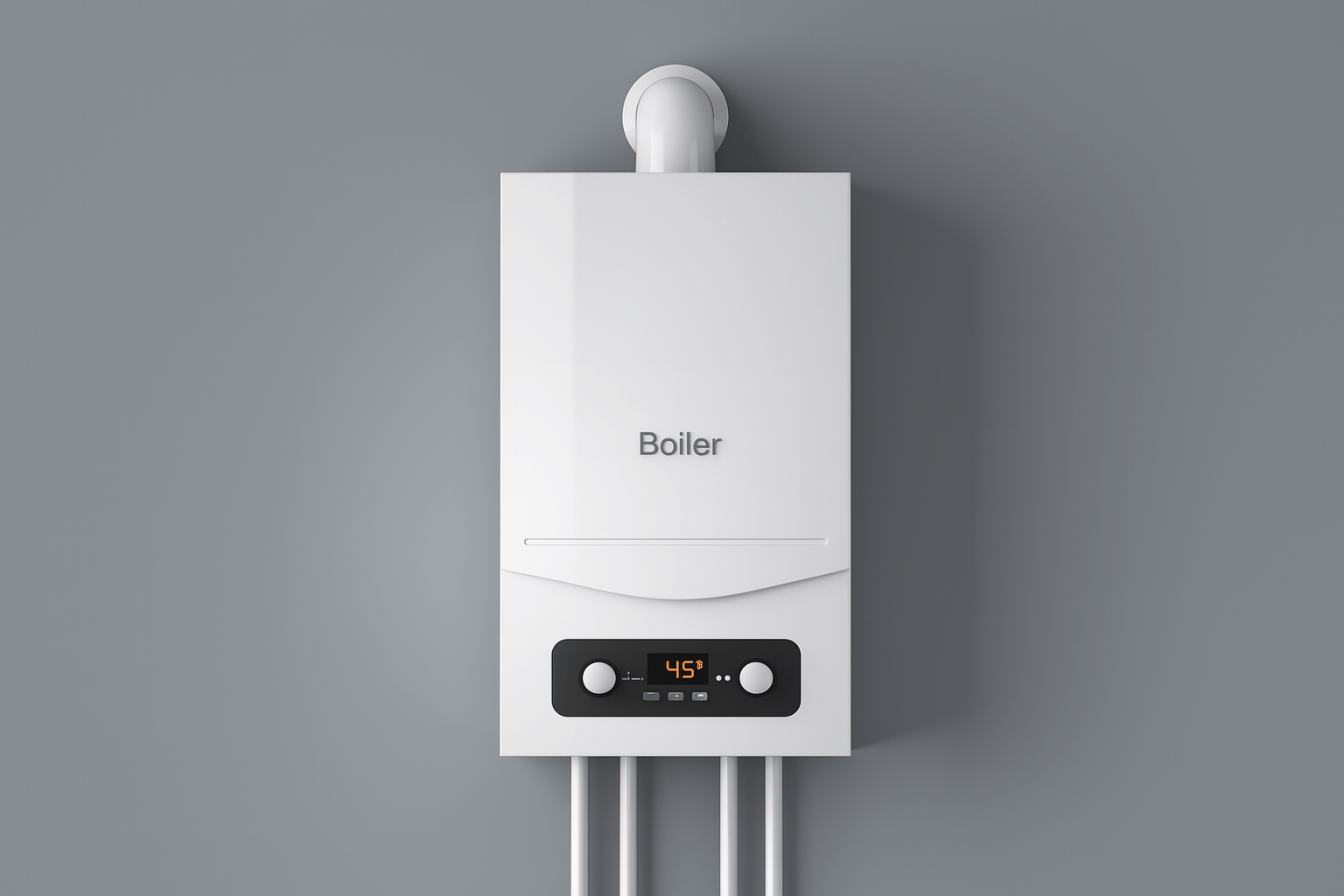
Moving a gas meter is a common requirement during home renovations, kitchen refits, or when improving your property's layout. Whether you need to relocate your meter to access pipework, create more usable space, or move it outside for easier access, understanding the costs involved is essential for budgeting your project. Gas meter relocation requires specialist knowledge and legal compliance, as only Gas Safe registered engineers can legally work on gas installations in the UK. This comprehensive guide breaks down moving gas meter costs, explains the process, and helps you plan your relocation project safely and cost-effectively.
Understanding the Cost to Move a Gas Meter in the UK
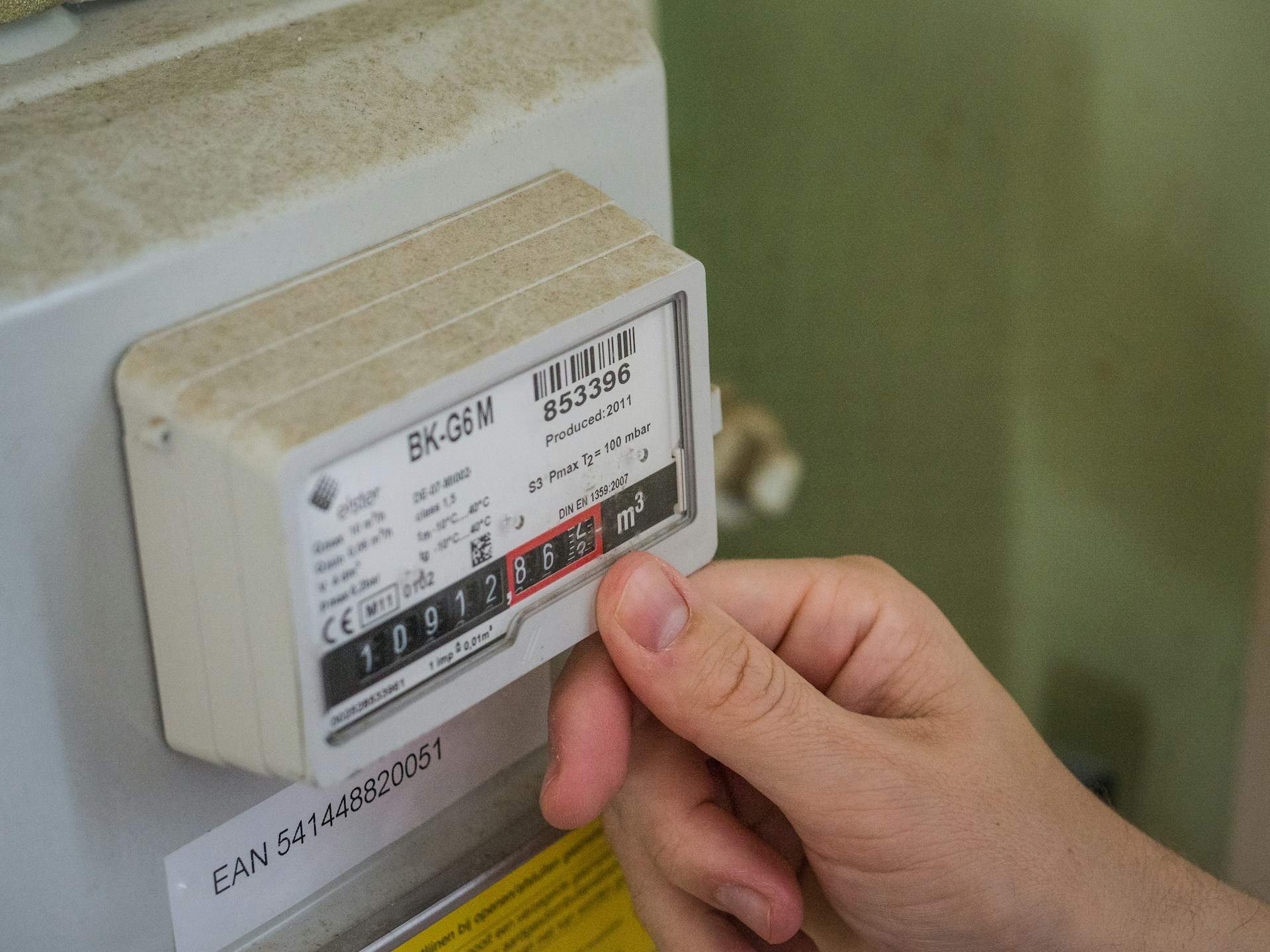
The cost to move a gas meter in the UK typically ranges from £400 to £1,200, with most homeowners paying around £600-£800 for a straightforward relocation. This wide price range reflects the significant variation in project complexity, with factors like distance moved, accessibility, and whether the meter moves inside or outside all affecting the final cost.
Unlike some home improvement projects where you can contact a tradesperson directly, gas meter moves require coordination with your gas distribution network operator. In the UK, gas distribution is managed by regional companies including Cadent (covering the Midlands, North West, East of England, and North London), SGN (covering Scotland and Southern England), Northern Gas Networks (covering North East England and Northern Cumbria), and Wales & West Utilities (covering Wales and South West England). You cannot simply hire a Gas Safe engineer to move your meter; the work must be arranged through your distribution network operator, who will either do the work themselves or arrange for an approved contractor.
The process typically involves contacting your gas supplier, who will redirect you to the relevant distribution network operator, requesting a quote for the meter relocation, receiving and accepting the quote (usually valid for a specific period), scheduling the work at a mutually convenient time, and having the work completed by Gas Safe registered engineers. The entire process from initial contact to completion typically takes 4-8 weeks, though urgent relocations may be possible at additional cost.
Common reasons for moving a gas meter include kitchen renovations where the meter occupies valuable cabinet space, bathroom installations where pipework routes conflict with the existing meter position, converting attached garages or utility rooms into living space, improving property appearance by moving unsightly indoor meters outside, creating better access for meter readings, and complying with building regulations during extensions or structural alterations.
It's important to note that you cannot move a gas meter yourself, even if you're a competent DIYer. Gas Safety (Installation and Use) Regulations 1998, enforced by the Health and Safety Executive, strictly prohibit anyone except Gas Safe registered engineers from working on gas installations. Attempting to move a gas meter yourself is illegal, extremely dangerous, and invalidates your home insurance. All gas work in the UK must be carried out by engineers registered with Gas Safe Register, the official gas registration body.
Detailed Cost Breakdown for Moving a Gas Meter
Understanding the components that make up gas meter relocation costs helps you evaluate quotes and budget appropriately. The total cost comprises several distinct elements.
Labour Costs
Labour represents the largest portion of your gas meter move cost, typically accounting for 60-70% of the total. Gas Safe registered engineers charge £50-£80 per hour, with most meter relocations taking 3-6 hours depending on complexity. A straightforward move of 1-2 metres within the same room might take 3-4 hours (£150-£320 labour), while more complex relocations involving longer pipe runs or difficult access could require 6-8 hours (£300-£640 labour).
Distribution network operators often charge fixed prices for meter moves rather than hourly rates. Cadent, for example, typically charges £400-£900 for standard meter relocations, with the price depending on the complexity and distance. These fixed prices include both labour and the coordination of the work, though additional charges may apply for specific requirements like moving the meter outside or particularly long pipe runs.
Material and Equipment Costs
Materials for gas meter relocation include copper or steel pipework (£15-£30 per metre), gas meter box if moving outside (£50-£150), pipe fittings, valves, and connectors (£30-£80), sealing compounds and jointing materials (£10-£20), and any necessary wall brackets or support fixings (£15-£40). Total material costs typically range from £120-£320 depending on the distance and complexity.
For outdoor relocations, you'll also need a suitable gas meter box to protect the meter from weather. Standard surface-mounted boxes cost £50-£100, while recessed boxes that sit flush with the wall are more expensive at £100-£200 but offer a neater appearance.
Additional Services and Fees
Several additional costs may apply depending on your specific situation. Emergency or urgent relocations typically incur a premium of £100-£300 above standard pricing. If your gas supply needs capping off and then reinstating on a different day, this may require two site visits rather than one, potentially adding £100-£200. Building work such as making good walls, plastering, or decorating after the meter move isn't usually included in gas engineer quotes, adding £100-£400 depending on the extent of work required.
If your existing meter is old or the relocation provides an opportunity to upgrade to a smart meter, your supplier may offer this as part of the work. Smart meters are typically installed free by your energy supplier, though if you're already relocating the meter, coordinating a smart meter installation simultaneously can be convenient.
Planning permission and building regulations typically don't apply to gas meter relocations within your property boundary, though if you're moving the meter as part of larger building work, that broader project may require approvals. Always check with your local building control department if the meter move is part of a larger renovation project.
Comparing Costs: Indoor vs Outdoor Gas Meter Moves
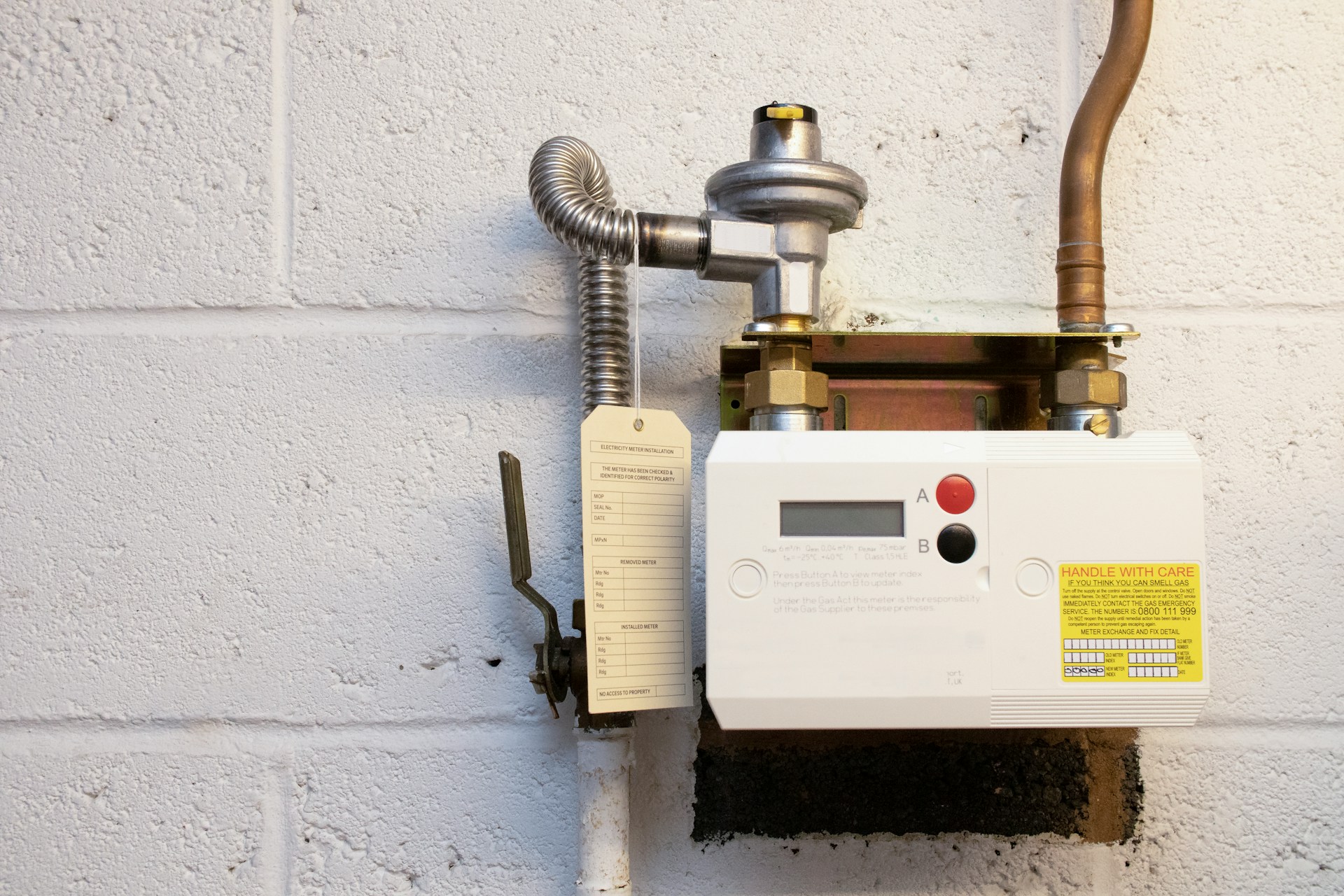
The destination for your gas meter significantly impacts both the cost and complexity of relocation. Understanding the differences between indoor and outdoor moves helps you make informed decisions about where to position your meter.
Indoor to Indoor Moves
Relocating a gas meter from one internal location to another is often the simplest scenario, particularly if the new position is relatively close to the existing one. Moving a meter 1-2 metres along the same wall typically costs £400-£600, while relocating to a different room or across the property costs £600-£900 depending on the pipe run length and accessibility.
Indoor relocations benefit from not requiring external meter boxes and often involve shorter, more accessible pipe runs. However, you must ensure the new location complies with gas safety regulations regarding ventilation, clearances from electrical installations, and accessibility for maintenance and reading.
Indoor to Outdoor Moves (Most Common)
Moving your gas meter outside is increasingly popular and often the preferred option during renovations. Outdoor meters free up valuable internal space, improve property aesthetics, and provide easier access for meter readings and maintenance. The cost to move a gas meter outside ranges from £600-£1,200, with the higher costs reflecting the additional materials needed (external meter box, longer pipe runs, and weatherproof installations) and the more complex installation process.
Benefits of outdoor gas meters include freeing up internal space for kitchens or storage, eliminating the need for meter readers to enter your property, improved ventilation and safety, and easier access for maintenance and emergency shutoff. The main drawback is exposure to weather, though modern gas meter boxes provide excellent protection and are designed specifically for external use.
When moving your meter outside, the box must be positioned at least 150mm from any opening window or door, at a height between 300mm and 1800mm from ground level, away from any electrical installations or consumer units, and with clear access for maintenance and emergency isolation. The Gas Industry Unsafe Situations Procedure (GIUSP) published by the Pipelines Safety Regulations provides detailed guidance on safe gas meter positioning.
Outdoor to Outdoor Moves
If your meter is already outside but needs relocating to a different external position, costs typically range from £500-£900 depending on the distance and whether new pipework needs to route through walls or underground. These moves are often simpler than indoor to outdoor relocations but still require professional expertise to ensure weatherproof, secure installations.
Legal and Safety Considerations for Gas Meter Relocation
Gas meter relocation is heavily regulated to protect public safety, with strict legal requirements governing who can perform the work and how it must be completed.
Only Gas Safe registered engineers are legally permitted to work on gas installations in the UK. This mandatory registration system, managed by Gas Safe Register, ensures engineers have the necessary qualifications, training, and insurance to work safely with gas. Before allowing anyone to work on your gas meter, always verify their Gas Safe registration by checking their ID card or searching the register at the Gas Safe Register. The engineer's ID card should show their registration number, photograph, and which types of gas work they're qualified to perform.
The Gas Safety (Installation and Use) Regulations 1998 place legal duties on anyone working on gas fittings to ensure the work is safe and doesn't create a risk to persons or property. These regulations require that all gas work is carried out by competent persons (Gas Safe registered engineers), installations meet relevant standards including BS 6891 for gas installation pipework, and work is inspected and tested to ensure safety. Failure to comply with these regulations is a criminal offence that can result in prosecution, fines of up to £20,000, imprisonment, and civil liability if an incident occurs.
Your gas distribution network operator owns the pipework up to and including your meter, which is why meter relocations must be coordinated through them rather than hiring an independent engineer. The gas supplier owns the meter itself but not the surrounding pipework. This ownership structure means you cannot simply hire any Gas Safe engineer to move your meter; the work must be arranged through the proper channels.
After any gas work, including meter relocations, your engineer must provide a safety certificate confirming the installation meets all relevant standards and is safe to use. Keep this certificate safe, as it may be required for insurance claims, property sales, or future gas work.
While gas meter relocation doesn't typically affect your central heating system, if your boiler is nearby or pipework routes need changing, you may also need boiler system modifications as part of your project.
Choosing a Professional for Your Gas Meter Move
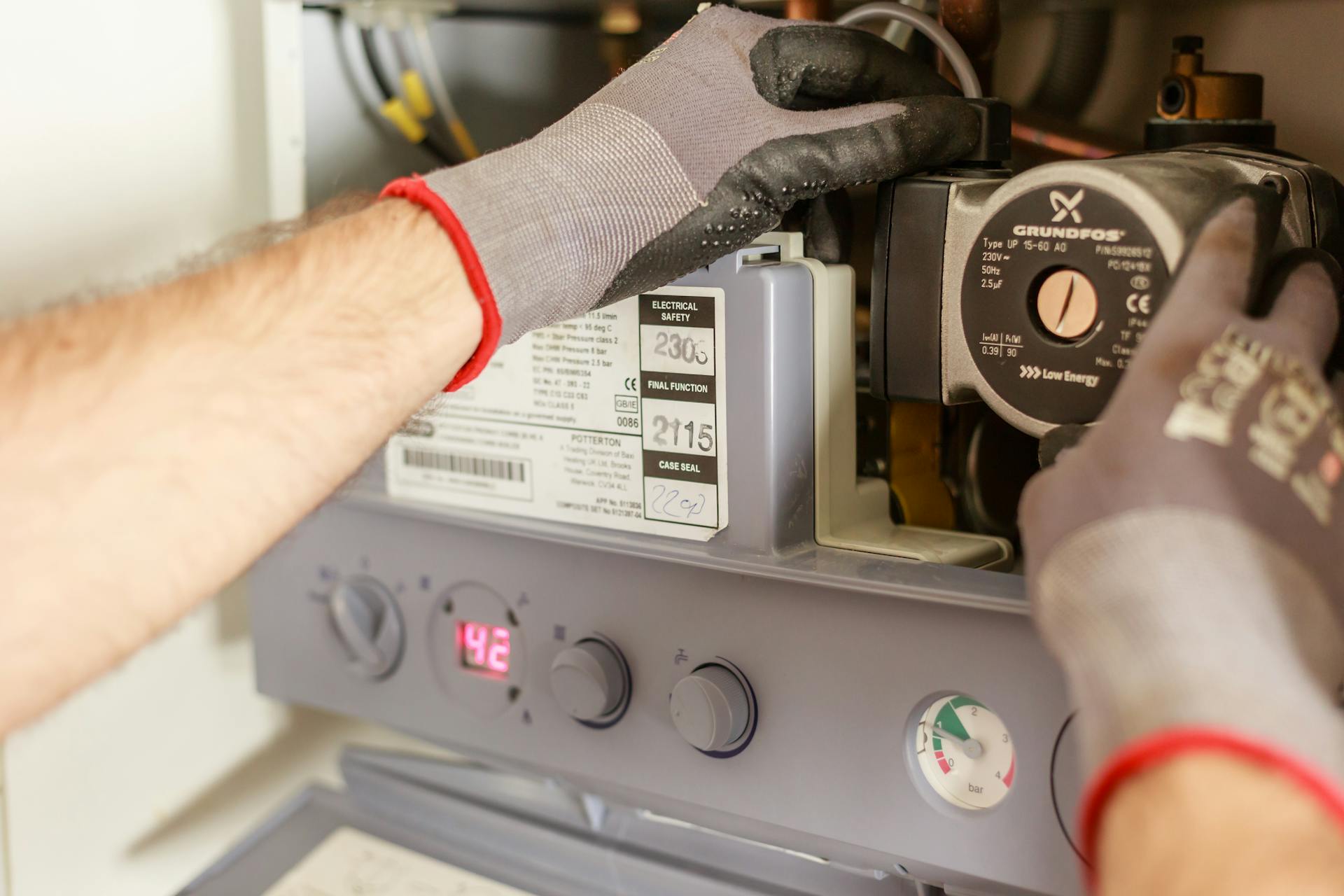
While you must arrange gas meter relocation through your distribution network operator, understanding how to navigate this process helps ensure you receive good service at a fair price. Learning how to choose a qualified Gas Safe engineer ensures you work with properly qualified professionals and understand the credentials to verify before any gas work begins.
Start by contacting your gas supplier, not your distribution network operator directly. Your supplier will identify which network operator serves your area and either facilitate the process or provide contact details. The major suppliers all have established procedures for meter relocations: British Gas offers meter moving services through their network operator partnerships, though this isn't free and costs £400-£900, Octopus Energy coordinates meter moves through the relevant distribution network for their customers, and Cadent, as both a supplier and the largest distribution network operator, handles many meter relocations directly, with typical costs of £400-£900.
Questions to Ask Before Proceeding
When discussing your meter relocation, ask important questions to avoid surprises. What is the total cost including all labour, materials, and additional fees? How long will the work take from initial quote to completion? Will my gas supply be interrupted, and if so, for how long? What preparation do I need to do before the work begins? Does the quote include making good any walls, flooring, or decorating after the meter is moved? What warranty or guarantee is provided on the completed work? Are there any specific requirements for the new meter location?
Most distribution network operators provide fixed-price quotes valid for 30-90 days. If you don't proceed within this timeframe, you may need to request a fresh quote, and prices may have changed. Some operators require payment upfront or at the time of booking, while others invoice after completion.
Reducing Costs and Getting Value
While gas meter relocation prices are largely fixed by distribution network operators, you can take steps to minimize costs. Combining the meter move with other work like kitchen renovations or boiler replacements can sometimes reduce overall costs as the gas supply is already being isolated for other work. If you're flexible on timing, standard timescales (4-8 weeks) are usually cheaper than urgent or emergency relocations. Positioning the new meter location close to the existing one minimizes pipework requirements and therefore costs. If you're having building work done anyway, coordinate with your builder to prepare the new meter location, reducing the engineer's time on site.
Some homeowners wonder about free gas meter moves. While distribution network operators occasionally need to relocate meters for their own operational reasons (in which case they cover the cost), homeowner-requested relocations are never free. Claims of "free" meter moves by British Gas or other suppliers typically refer to smart meter installations in the existing location, not relocating the meter to a new position.
Common Challenges and How to Avoid Them
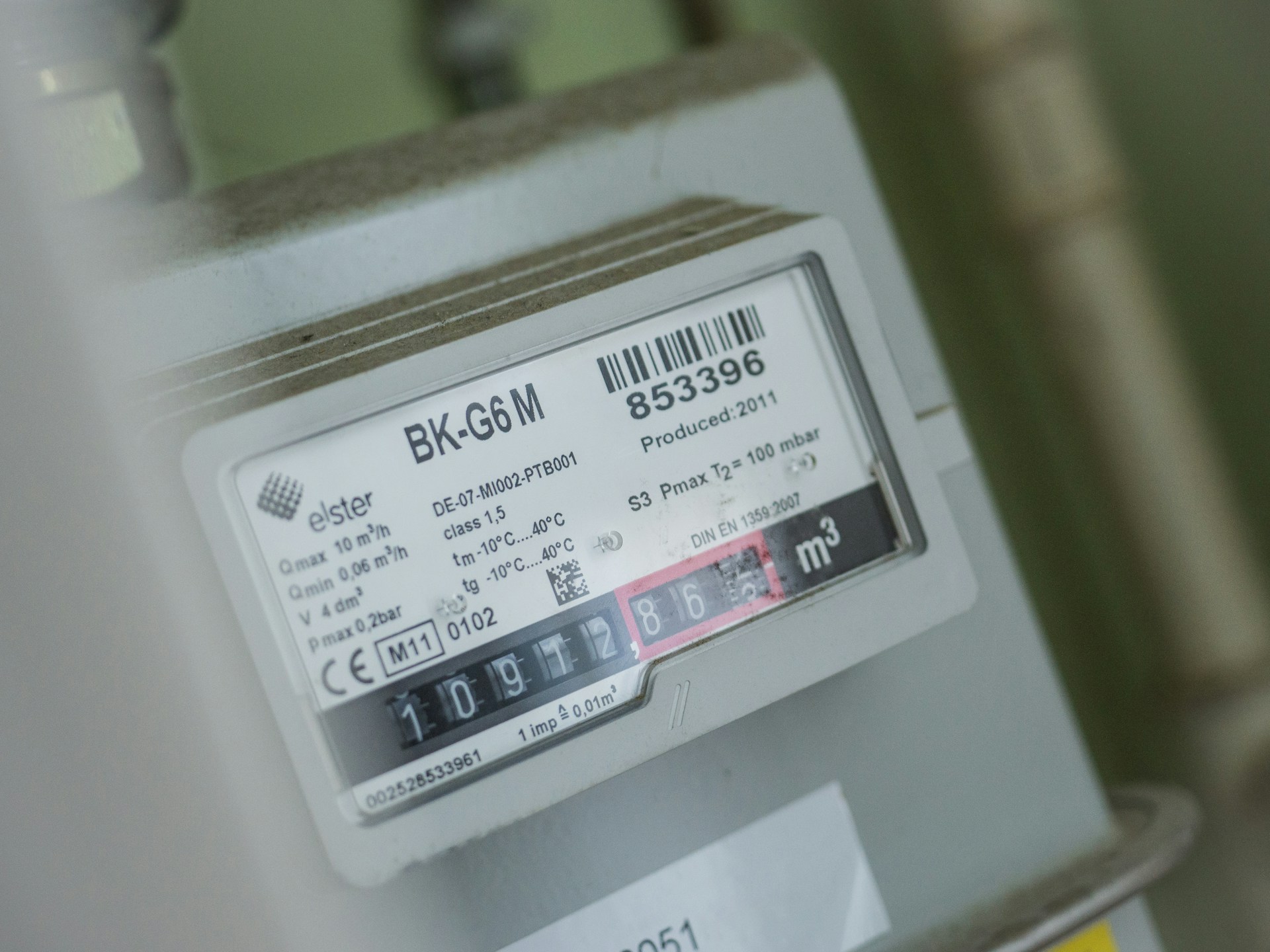
Gas meter relocations can encounter various challenges that may increase costs or cause delays. Being aware of these potential issues helps you plan more effectively and avoid surprises.
Concealed obstacles within walls or floors are among the most common unexpected issues. When routing new pipework through walls, engineers may encounter steel joists, concrete lintels, or other structural elements that weren't visible during the initial survey. This may require alternative routing, which could add £100-£300 to your costs. Where possible, choosing a route that minimizes wall penetrations reduces this risk.
Asbestos in older properties can significantly complicate gas meter moves. Properties built before 1999 may contain asbestos in various forms, and if pipework needs to route through areas where asbestos is present, specialist asbestos removal may be required before gas work can proceed. This can add £500-£2,000 to your project costs and several weeks to the timeline. If you're working on an older property, consider having an asbestos survey conducted before requesting a gas meter move quote.
Poor access to the existing or proposed meter locations can increase labour time and therefore costs. If your current meter is in a cramped cupboard surrounded by household items, or the proposed new location is in a difficult-to-reach area, engineers may need additional time to work safely. Clearing access routes and removing obstacles before the engineers arrive can help keep costs down and speed up the work.
Coordination with other trades sometimes causes complications. If your meter move is part of a larger renovation project, timing becomes critical. The gas work must happen at the right stage of the project, after certain building work is complete but before final finishes. Poor coordination can result in delays, additional site visits, or damage to newly completed work. If your project also involves boiler work or heating system updates, understanding boiler service costs helps coordinate these gas-related projects efficiently. Discuss the sequencing carefully with your builder, gas engineer, and any heating engineers to ensure smooth project flow.
Listed building consent or conservation area restrictions may apply if your property is listed or in a conservation area and you're planning to move a meter to an external wall. While the gas work itself doesn't require planning permission, the visual impact of an external meter box on a heritage building might. Check with your local planning authority before proceeding if your property has special protections.
Shared supply arrangements in converted flats or properties with multiple meters can complicate relocations. If pipework serves multiple meters or properties, moving one meter may affect others, requiring additional work and potentially splitting costs between multiple property owners. Clarify ownership and responsibilities before starting work in these situations.
Finding Qualified Gas Engineers Through FixaTrader
While gas meter moves must be coordinated through your distribution network operator, other gas work in your home can be performed by independent Gas Safe registered engineers, often at more competitive rates than going through large suppliers.
FixaTrader connects homeowners with vetted, Gas Safe registered engineers throughout the UK for various gas-related projects including boiler installations and repairs, gas fire installations, gas cooker connections, gas safety inspections and landlord certificates, and gas pipework modifications. Our platform makes it easy to describe your gas work requirements, receive free quotes from multiple local Gas Safe registered engineers, compare prices, qualifications, and customer reviews, and choose the professional who best meets your needs.
All gas engineers on the FixaTrader platform are verified Gas Safe registered professionals with the necessary qualifications and insurance to work safely on gas installations. You can view their Gas Safe registration details, read reviews from previous customers, and communicate directly with engineers before making your decision.
For gas meter moves specifically, FixaTrader can help you navigate the process by connecting you with engineers experienced in coordinating with distribution network operators, or by helping with associated work like boiler moves, pipework modifications, or kitchen fitting that often accompanies meter relocations.